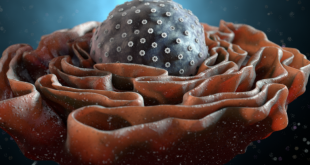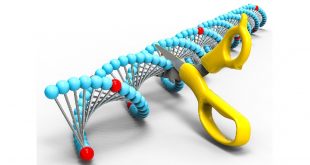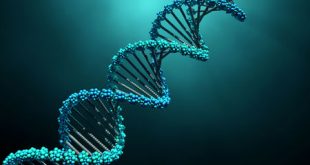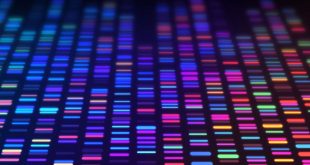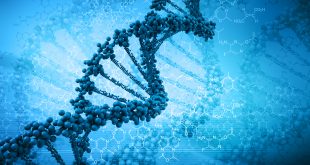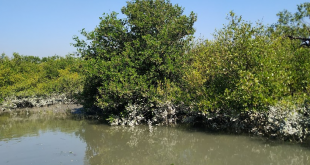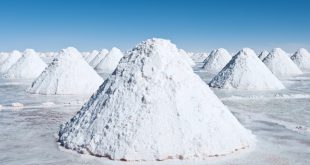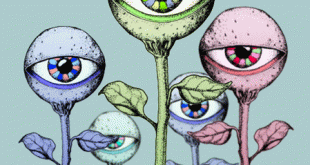The ER is the most extended organelle in plenty of eukaryotic cells: on average it occupies 10% of the cellular volume (Eelco and Roberto, 2016). The endoplasmic reticulum (ER) is a large, continuous organelle that extends throughout the entire cell (Eelco and Roberto, 2016). The ER not only is the …
Read More »TimeLine Layout
August, 2021
-
30 August
Restriction Enzymes: An Introduction to Biological Knives
The first step in sequencing a genome is to divide the individual chromosomes (in eukaryotes) or whole DNA (in prokaryotes) in an ordered manner into smaller and smaller pieces that ultimately can be sequenced. That is, one begins by creating a genomic library of fragmented DNA parts. However, at some …
Read More » -
25 August
Organization of Nuclear DNA in Eukaryotes
Each eukaryotic nucleus encloses a fixed number of chromosomes which contain the nuclear DNA. During most of a cell’s life, its chromosomes exist in a highly extended linear form. Prior to cell division, however, they condense into much more compact bodies which can be examined microscopically after staining. The duplication …
Read More » -
25 August
Genome Structure in Viruses & Prokaryotes
The genomes of viruses and prokaryotes are very simple structures, although those of viruses show remarkable diversity (for a review see Dimmock et al. 2001). Most viruses have a single linear or circular genome but a few, such as reoviruses, bacteriophage φ6 and some plant viruses, have segmented RNA genomes. …
Read More » -
25 August
DNA Reassociation Kinetics & Sequence Complexity
When double-stranded DNA in solution is heated, it denatures (‘melts’) releasing the complementary single strands. If the solution is cooled quickly the DNA remains in a single-stranded state. However, if the solution is cooled slowly reassociation/reannealing i. e. spontaneous realignment of two single DNA strands to re-form a DNA double …
Read More » -
20 August
Halophytes: Salient Features, Adaptations & Classification
Plants which grow and complete their life cycle in habitats with a high salt content are called salt plants or halophytes. Usually that term is reserved only for plants which appear in salty habitats constantly and specifically. Plants occupying only local nonsalty ecological niches in an overall saline environment, or …
Read More » -
19 August
Salinity: Sources, Cycles & Classification
Over four-fifths of the surface of our planet is covered with a salt solution (oceans & seas) containing, among many other constituents, approximately 0.5M NaCl. Still, only very few groups of higher plants can withstand such conditions. Most terrestrial species are unable to tolerate even one-tenth of the salt concentration …
Read More » -
19 August
The Eyes of Plants: ft Charles and Francis Darwin
We all know Darwin as the father of evolution. But we have almost no knowledge about Darwin the botanist. Our textbooks only taught us about how Darwin gave the evolution theory and what is evolution. Even the books included in our syllabus of schools and colleges for studying botany didn’t …
Read More » -
16 August
Insulin Plant: Our Home Remedy for Diabetes
According to WHO (World Health Organization), about 463 million people in the world are living with diabetes. A piece of alarming news had come up that, in 2019, 1.5 million people in the world had died because of this disease. Diabetes is also a very common disease amongst the people …
Read More » -
15 August
পৃথিবীর ভবিষ্যত: মরুভূমি নাকি অরণ্য?
পৃথিবীর দক্ষিণ গোলার্ধের দিকে অবস্থিত একটি প্রাচীন হ্রদ খুঁজে পান বিজ্ঞানীরা। পূর্বে এখানে পানি থাকলেও কালের পরিক্রমায় তা এখন ভরাট। তবে তা মানুষ ভরাট করে নি, প্রাকৃতিকভাবেই হয়েছে। এ হ্রদ ভরাট হবার সময় মাটি চাপা পড়ে সেসময়কার গাছের পাতা, কীটপতঙ্গ, মাছ। আর এভাবেই সেখানে তৈরি হয় বিভিন্ন জীবের ফসিল। বিজ্ঞানীরা …
Read More »
 Plantlet The Blogging Platform of Department of Botany, University of Dhaka
Plantlet The Blogging Platform of Department of Botany, University of Dhaka
